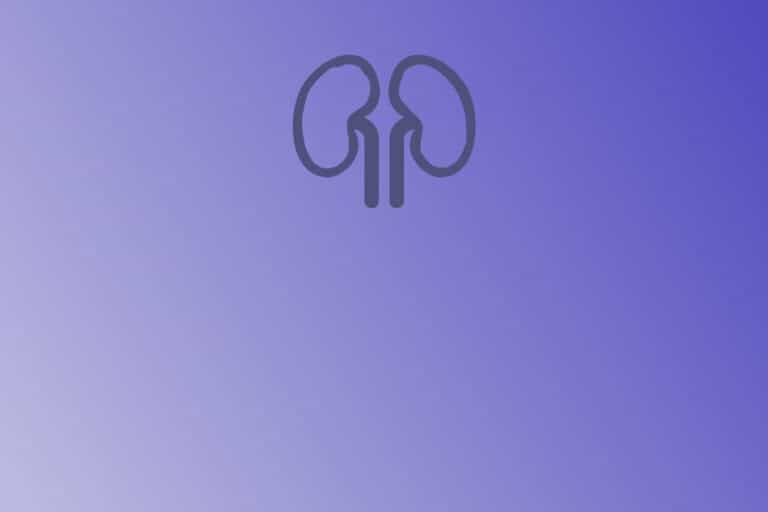Congenital anomalies of kidney and urinary tract
Congenital anomalies of kidney and urinary tract (CAKUT) can be detected by the prenatal screening (ultrasound – hydronephrosis, megaureter, renal agenesis). Postnatal investigations include proper clinical examination (increased risk for urinary tract infections, blood pressure monitoring, edema, neurologic symptoms, abdominal mass) and imaging (ultrasound to measure transversal pelvic size, ureter diameter; X-ray cystourethrography to evaluate vesicoureteral reflux – VUR). Excretory urography (or intravenous pyelogram) is performed using X-ray after the intravenous administration of radiographic contrast material.
Furthermore, MAG3 (mercaptuacetyltriglycine) dynamic scan is used at later age (6 weeks at term infants) to assess the structure and location of the kidneys, as well as their function (nuclear medicine technique using isotopes). In comparison, DMSA (dimercaptosuccinic acid) static scan is used to reveal parenchymal post-inflammatory changes in the renal cortex (proximal tubules).
Imaging techniques should be supplemented with biochemistry investigations (blood – urea, creatinine, C-reactive protein, full blood count, electrolytes, osmolarity; urine – culture, osmolarity, biochemistry and sediment).
Patients should always be consulted and followed up by a pediatric nephrologist. Treatment is indicated in cases of progressive disease, worsening renal functions and recurrent urinary tract infections (UTI). It encompasses surgery (reconstruction operations for hydronephrosis and megaureter), antibiotics for UTI and long-term antibiotic prophylaxis.
Renal anomalies
Renal agenesis
- bilateral (Potter syndrome; 1:3000) not compatible with survival (oligohydramnios, lung hypoplasia)
- unilateral – usually does not cause problems (the solitary kidney can be hypertrophic, present with hydronephrosis or VUR or associated with other organ anomalies)
Ectopic kidney
- pelvic region
- inferior renal function (VUR, recurrent UTI)
Horseshoe kidney
- the most common type of renal fusion anomaly
- 2 functioning kidneys connected at the lower poles by an isthmus of functioning renal parenchyma or fibrous tissue
- inferior renal function (hydronephrosis, VUR, recurrent UTI)
Renal hypoplasia/dysplasia
- hypoplasia – usually bilateral
- dysplasia – inferior renal function (associated with ureter obstruction)
Multicystic dysplastic kidney (MCDK)
- developmental malformation of the kidney => irregular cysts of varying sizes, missing normal renal tissue => non-functioning kidney
- abdominal mass on clinical examination
- therapy: nephrectomy of the affected kidney in case of complications (recurrent UTI, hypertension, compression of other organs)
Polycystic kidney disease (PKD)
- inherited genetic disorder
- Autosomal dominant
→ more common (incidence 1:500)
→ genes PKD1-3
→ 10% of end-stage kidney disease patients requiring dialysis
→ large cysts (macro-cystic) - Autosomal recessive
→ less common (incidence 1:20 000)
→ small cysts (micro-cystic)
→ identified in the first few postnatal weeks
→ severe renal underdevelopment => 30% mortality rate
Urinary tract defects
Hydronephrosis
- urine stagnation causes pelvicaliceal dilatation (unilateral or bilateral)
- typical for malformed and/or malpositioned kidneys – the obstruction can occur anywhere from the urethral meatus to renal calyces
Megaureter (hydroureter)
- defined as a ureter that exceeds the upper limits of normal size (e.g. ureter > 7 mm in diameter for fetuses > 30 weeks gestation)
- associated with hydronephrosis
- primary megaureter = functional (passive or active VUR) or anatomical (congenital anomalies) abnormality in the ureterovesical junction
- secondary megaureter = urinary bladder or urethral abnormalities (myelomeningocele, neurogenic bladder, posterior urethral valve)
Ureterocele
- congenital dilatation of the distal-most portion of the ureter => dilated portion may herniate into the bladder and cause obstruction
Posterior urethral valve
- the most common cause of bladder outlet obstruction in male newborns (1:8000)
- associated with muscular hypertrophy of the urinary bladder (can cause secondary obstruction mechanism)
- gradual progression to bilateral megaureter (including VUR) and hydronephrosis => chronic renal insufficiency
- incontinence, oliguria/anuria => lung hypoplasia due to oligohydramnios
- therapy: urine evacuation (urinary catheter; suprapubic cystostomy/catheter – SPC – also known as vesicostomy or epicystostomy); delayed surgery (at later age < 1 year)
Hypospadia
- abnormal position of the urethral opening
- penile, scrotal, perineal form
- therapy: plastic surgery
Bladder exstrophy
- exstrophy-epispadias complex = protrusion of the urinary bladder through the abdominal wall defect => urine freely flowing from the ureteral openings, high risk of infection
- associated abnormalities (pelvis, genitalia, epispadia)
- therapy: plastic and reconstructive surgery
References
① Janjua HS, Lam SK, Gupta V, Krishna S. Congenital Anomalies of the Kidneys, Collecting System, Bladder, and Urethra. Pediatr Rev. 2019;40(12):619-626. doi:10.1542/pir.2018-0242


